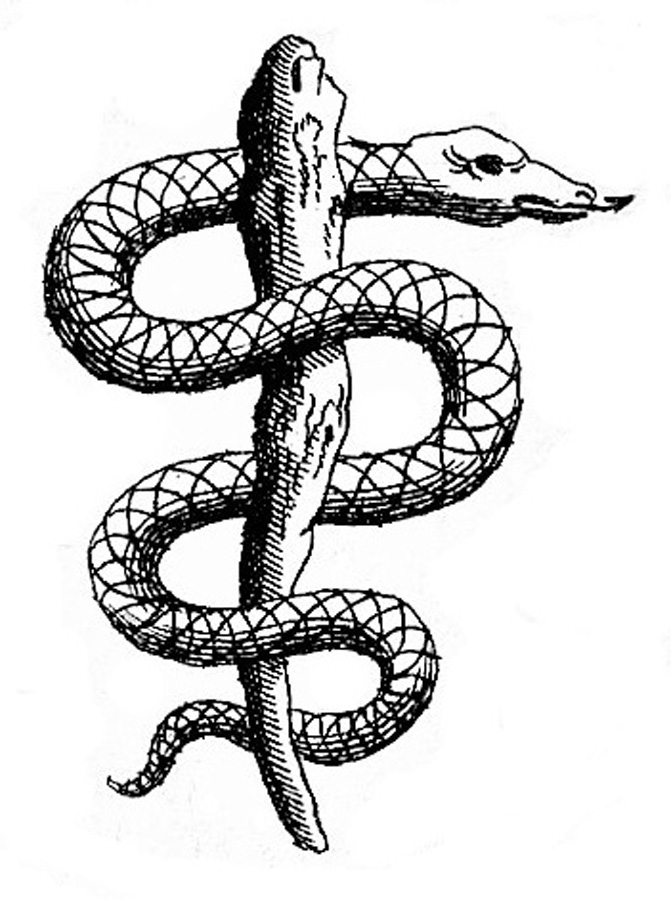signed first edition cloth binding
1952 · Albuquerque, New Mexico
by White, Clayton S. and Benson, Otis O. Jr.
Albuquerque, New Mexico: The Lovelace Foundation for Medical Education and Research, 1952. First edition.
5 YEARS BEFORE SPUTNIK: SCARCE PROCEEDINGS OF FIRST US SYMPOSIUM ON PHYSICS AND MEDICINE OF THE UPPER ATMOSPHERE SIGNED BY PHYSICIAN EDITOR.
10 1/4 inches tall hardcover, maroon cloth bindint, gilt title to cover and spine, Inscribed on front free endpaper, "For Group Captain Stewart, Compliments of the Lovelace Foundation for Medical Education and Research, Clayton S. White" and, "Dear Bill, Thought you might like this copy for your own library. My personal thanks for your support and hospitality. Best regards, Sam". Color frontis of painting of Douglas "Skyrocket," xxiv, 611 pp, 45 black & white photographic plates. Lacks dustjacket, light wear to edges of covers, age-toning of page edges, unmarked and very good in custom archival mylar cover. CONTENTS: include chapters by Fred L. Whipple on meteorites, James A. Van Valen on cosmic radiation, Craig L. Taylor on human tolerance for temperature extremes, and Wernher von Braun on return of a winged rocket vehicle from orbit to earth.
CLAYTON SAMUEL WHITE (1912 – 2004) was an American physician at Lovelace Medical Center, who studied the effects of nuclear blasts and shock effects on people. White did medical research on "oxygen masks, liquid oxygen converters, and other high-altitude equipment" during World War II at the Air Force's Aero Medical Laboratory at Wright-Patterson Air Force Base in Ohio. It was directed by William Randolph Lovelace II, a surgeon from the Mayo Clinic whom he became friends with. After the war Lovelace asked to join him at his uncle's Lovelace Clinic in Albuquerque, New Mexico in 1947 to start a foundation for research. He made White his first hire, and director of research at what was then called the "Lovelace Foundation for Medical Education and Research". In 1951, White started "to study the blast and shock effects of big explosions" through their first big contract, by the Atomic Energy Commission. He had no competition at the time, and found out that blast effects were important even in nuclear explosions and dangerous. He developed mathematical formulas to explain the differential explosive effects had on buildings in 1961, and coauthored 3 other major reports of the environmental consequences of nuclear explosions with a focus on early effects of blasts and radiation, the progression of an explosion, and graphs depicting the relationship between the effects of blasts and the distance of material from Ground Zero in 1960, in 1964, and a "Nuclear Bomb Effects Computer" in 1962. In 1959, he and Lovelace performed the physical and psychological tests on the 32 original Project Mercury astronaut candidates, out of which 7 were chosen, including John Glenn. (Inventory #: 1529)
5 YEARS BEFORE SPUTNIK: SCARCE PROCEEDINGS OF FIRST US SYMPOSIUM ON PHYSICS AND MEDICINE OF THE UPPER ATMOSPHERE SIGNED BY PHYSICIAN EDITOR.
10 1/4 inches tall hardcover, maroon cloth bindint, gilt title to cover and spine, Inscribed on front free endpaper, "For Group Captain Stewart, Compliments of the Lovelace Foundation for Medical Education and Research, Clayton S. White" and, "Dear Bill, Thought you might like this copy for your own library. My personal thanks for your support and hospitality. Best regards, Sam". Color frontis of painting of Douglas "Skyrocket," xxiv, 611 pp, 45 black & white photographic plates. Lacks dustjacket, light wear to edges of covers, age-toning of page edges, unmarked and very good in custom archival mylar cover. CONTENTS: include chapters by Fred L. Whipple on meteorites, James A. Van Valen on cosmic radiation, Craig L. Taylor on human tolerance for temperature extremes, and Wernher von Braun on return of a winged rocket vehicle from orbit to earth.
CLAYTON SAMUEL WHITE (1912 – 2004) was an American physician at Lovelace Medical Center, who studied the effects of nuclear blasts and shock effects on people. White did medical research on "oxygen masks, liquid oxygen converters, and other high-altitude equipment" during World War II at the Air Force's Aero Medical Laboratory at Wright-Patterson Air Force Base in Ohio. It was directed by William Randolph Lovelace II, a surgeon from the Mayo Clinic whom he became friends with. After the war Lovelace asked to join him at his uncle's Lovelace Clinic in Albuquerque, New Mexico in 1947 to start a foundation for research. He made White his first hire, and director of research at what was then called the "Lovelace Foundation for Medical Education and Research". In 1951, White started "to study the blast and shock effects of big explosions" through their first big contract, by the Atomic Energy Commission. He had no competition at the time, and found out that blast effects were important even in nuclear explosions and dangerous. He developed mathematical formulas to explain the differential explosive effects had on buildings in 1961, and coauthored 3 other major reports of the environmental consequences of nuclear explosions with a focus on early effects of blasts and radiation, the progression of an explosion, and graphs depicting the relationship between the effects of blasts and the distance of material from Ground Zero in 1960, in 1964, and a "Nuclear Bomb Effects Computer" in 1962. In 1959, he and Lovelace performed the physical and psychological tests on the 32 original Project Mercury astronaut candidates, out of which 7 were chosen, including John Glenn. (Inventory #: 1529)











